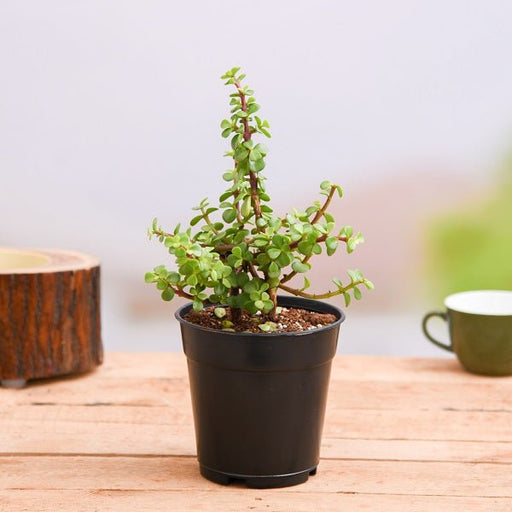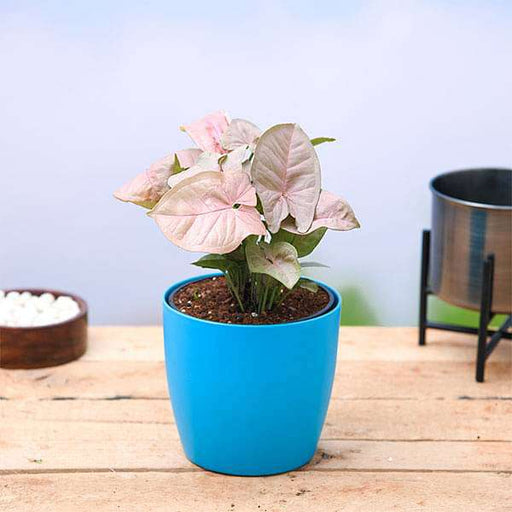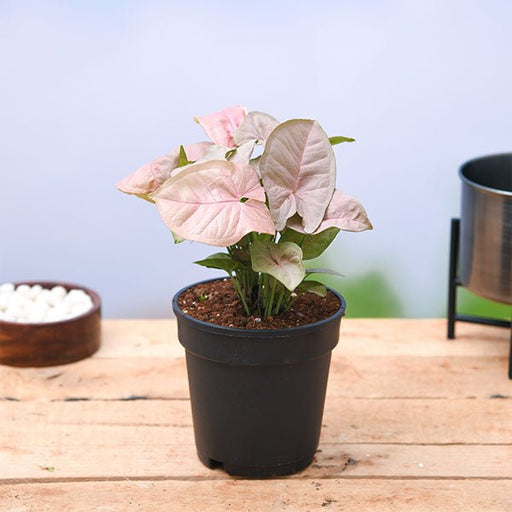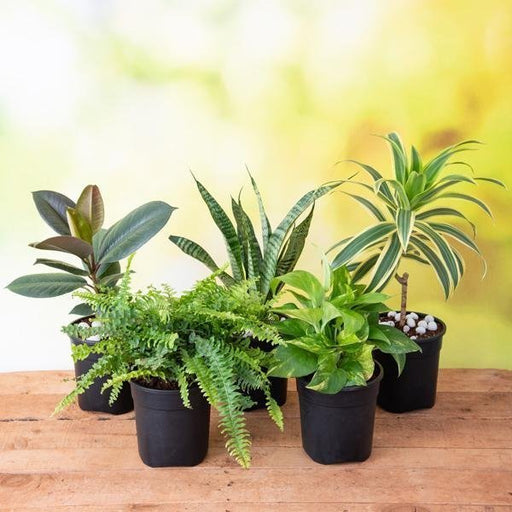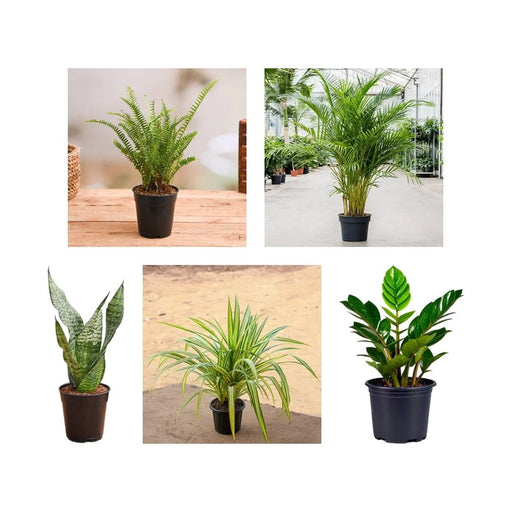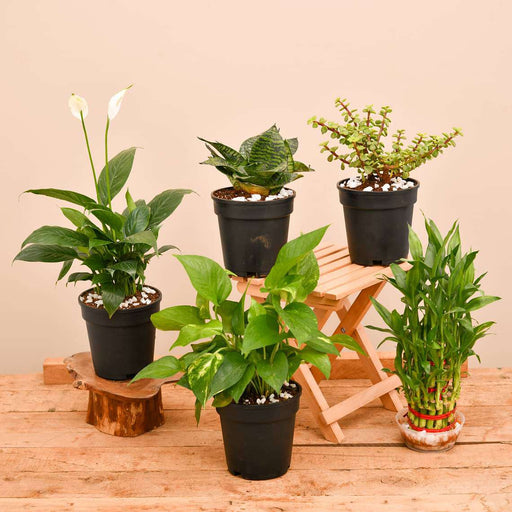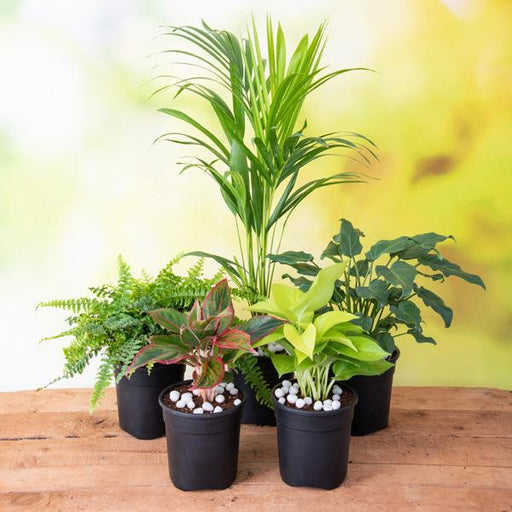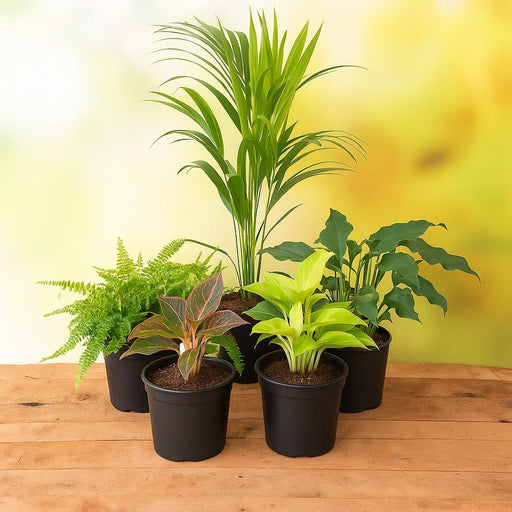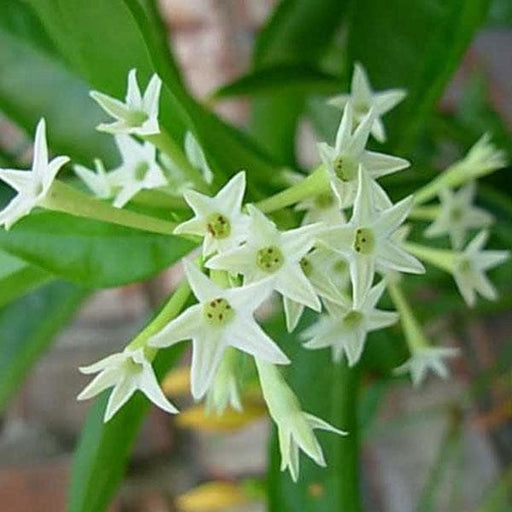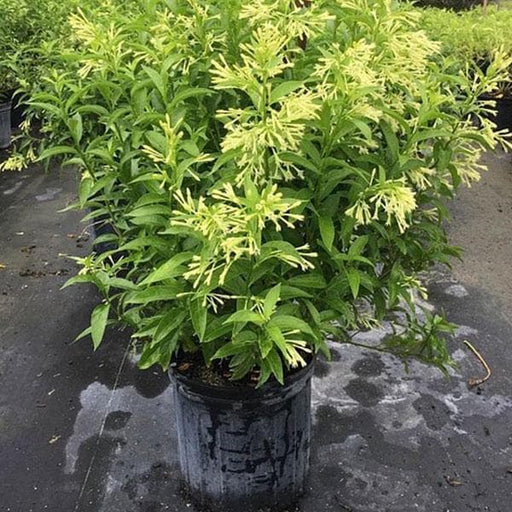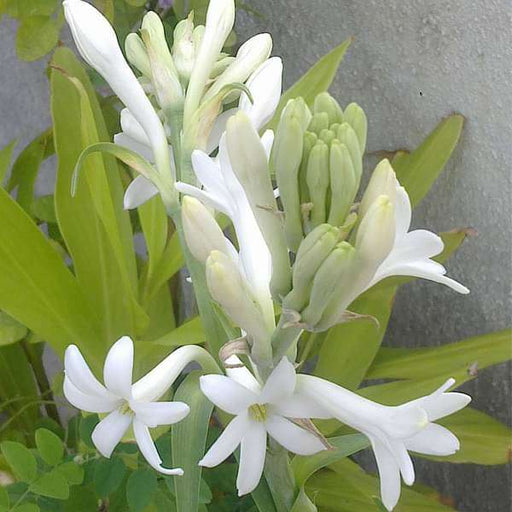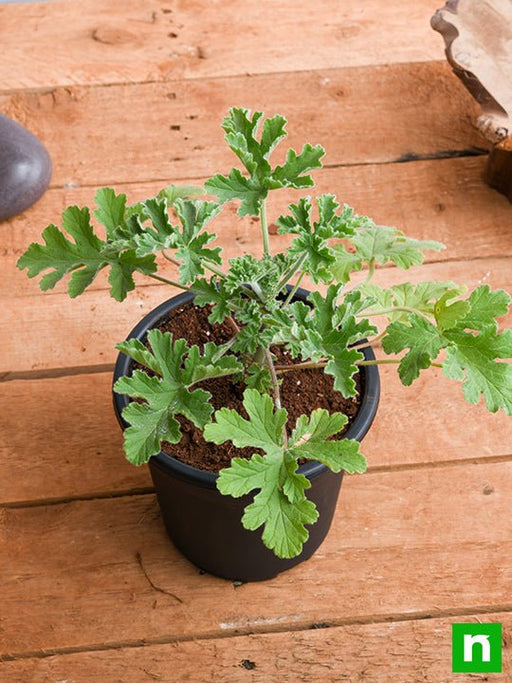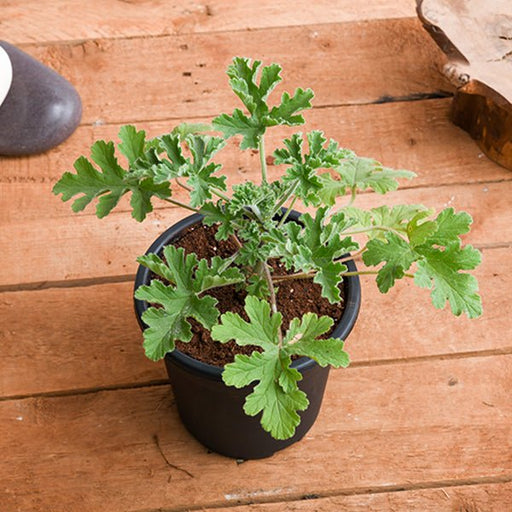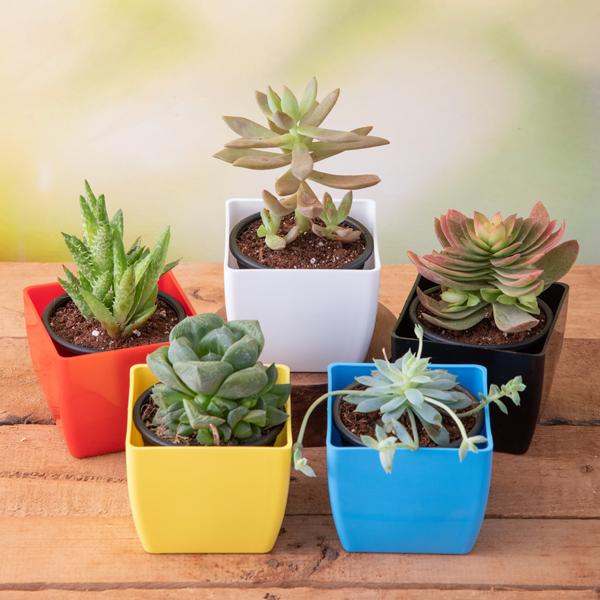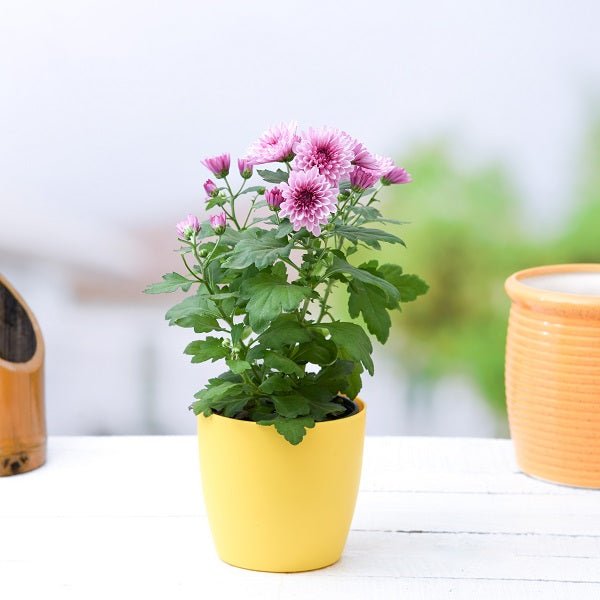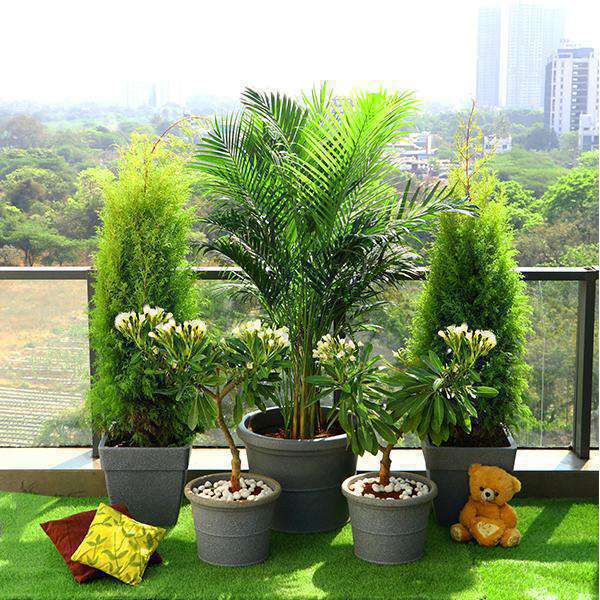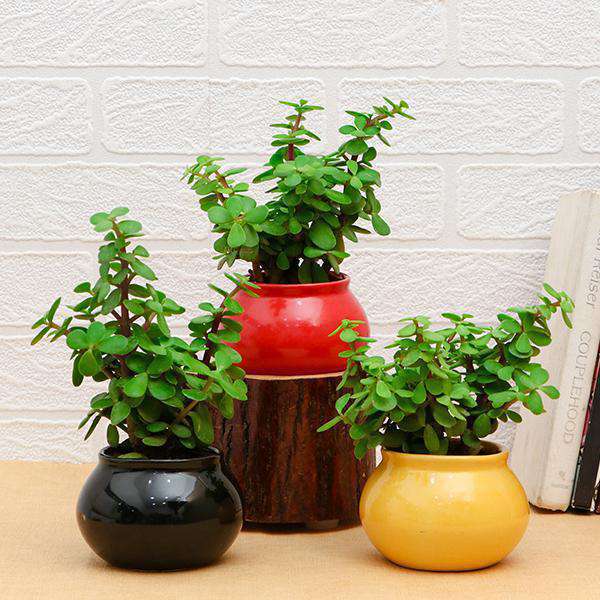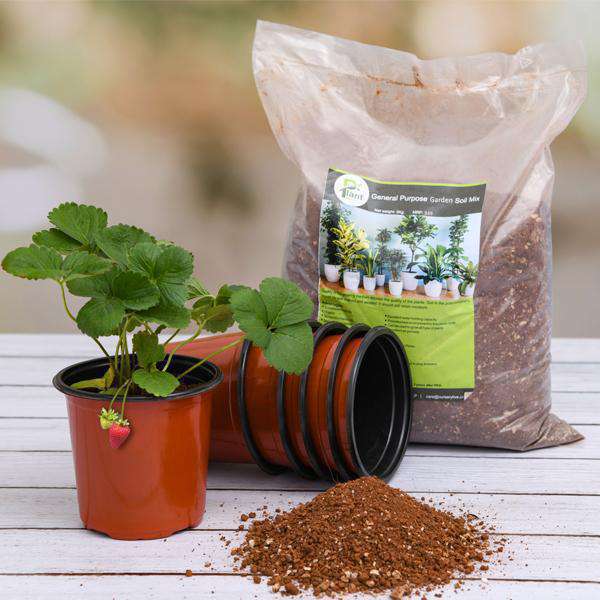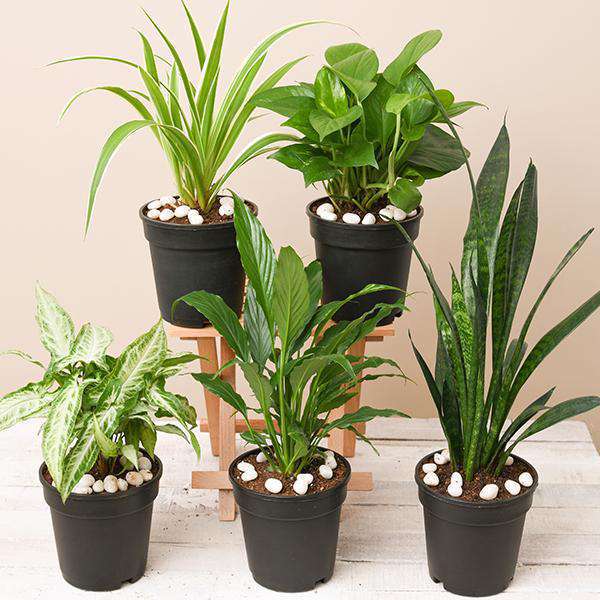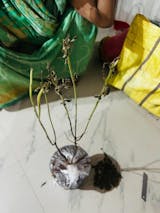Wrong item sent and sent around 15 mails but no response..
I had ordered five indoor plants and some succulents .I am more satisfied with the succulents . They seemed more luxuriant . Some of the indoor plants weren’t very fresh . Leaves were wilting . Had expected more vibrant plants . Otherwise good .
just received my order but package was damaged 1 bottom is half empty.
The plants arrived from a local nursery, but both the plants and the pot were of poor quality. The Tulsi plant wasn’t even potted correctly, which led to its failure to survive. The packaging was inadequate, as it was delivered in a shabby sack. If I had wanted to buy from a local vendor, I would have done so myself. I chose Nurserylive specifically for the quality of its saplings and pots, yet none of these expectations were fulfilled.
Good to green, go to nursery live. Go for this combo.
Good to green, go to nursery live. Go for this combo.
Good to green, go to nursery live. Go for this combo.
I agree with the idea for the people who are interested in the same thing as the new system of friends and family members are also available to make a difference in the same plantation and socialization
Plant is not healthy. Dying plant. NurseryLive has not used right soil mix suitable for transit and settling period of this plant.
Neither the plant quality was good neither I got ordered qty neither the after sale support was good. I wish ur business close down soon so that innocent people are not cheated.
Yes. Its best for new look, Varity & Green.
it’s so very tiny it will take very long time to grow. Leaves have yellow dots indicating some infection. Had not expected this from Nurserylive! The variety name is not provided so I don’t know whether it is sweety type or tangy! Potting instructions not provided , size of pot / right soil mix etc. Tracking info is suspicious! Looks like they hv a tie up with a local roadside nursery in my city, defeating the purpose of ordering plant from a premier nursery!
Ordered on November 16th. they sent on 18th as per tracking and I received the parcel on 26th evening. when opened, found a dead plant.







